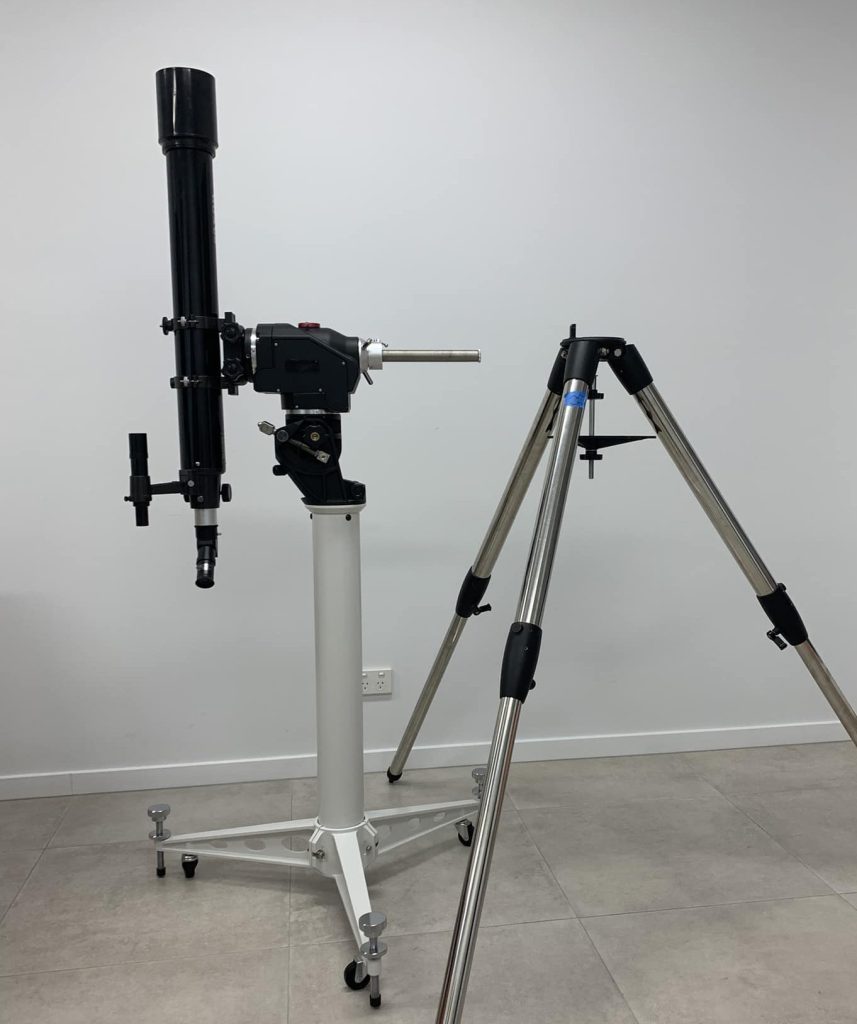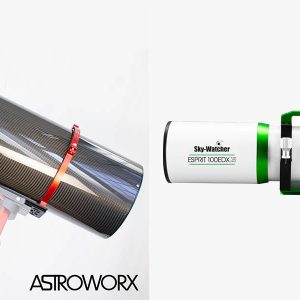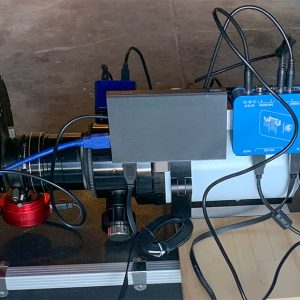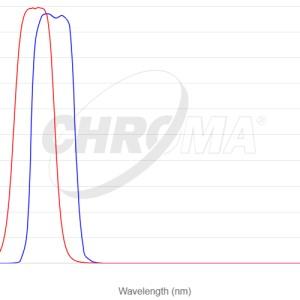Looking at the zenith
Have you ever tried to get a target near the zenith? Pointing any telescope straight up is often a real trial. In Melbourne, which is at about 38° south, that’s going to affect your views of all that cool stuff in Scorpius and Sagittarius, because they go right overhead.
At the Melbourne Observatory, we refer to the viewable area above us as “the viewing donut”. We just can’t get targets in that donut hole. Why is that?
Dobsonian users, and alt-azimuth mounts in general, have all sorts of trouble pointing near the zenith because it’s hard to know what azimuth you need. But there’s a worse problem that afflicts telescopes on tripods, regardless of mount type. The damned tripod legs!
It’s especially bad if you’re using a long refractor. If you can move the tripod around so the eyepiece is between the legs you might be able to do it, but if you’ve carefully polar aligned and can’t move the tripod, that’s not going to happen!
What’s the solution?
If you’re in this situation, you’ve really only got two options. First, you can lift the mount off the tripod by using a pier extension. This gives you an extra 30cm or so. But if you’ve got a really long refractor, like an ED150, you’re still going to have trouble. And putting a camera on the refractor doesn’t help at all!
The other solution is this. In the photo is a Sky-Watcher EQ6 pier tripod. The legs – if that’s what you’d call them – are right at the bottom of the pier, meaning the telescope can be pointing at the zenith at any azimuth and still be miles from the pier. You can actually go well past the meridian and still have clearance.
It works with any EQ6 series mount – the one in the photo is a saxon AZ-EQ6, but the base of the NEQ6, EQ6-R and AZ-EQ6 are the same.
It’s surprisingly heavy though, which is good for stability, and that also means it’s got a set of wheels. I wouldn’t advise wheeling your entire viewing rig around, but it’ll be fine with just your mount, as long as you don’t run. When you do get to your viewing point, you can lock it in place and level it with the adjustable feet.
The photo we took compares the pier tripod with the original EQ6 tripod. Fully extended, the tripod is taller, but you probably wouldn’t need it that high. The saxon 909 that’s on the mount has a 910mm focal length, so the ED150, at 1200mm isn’t that much longer. As you can see, it’s a very viable solution.
The Trifid and Lagoon await!



